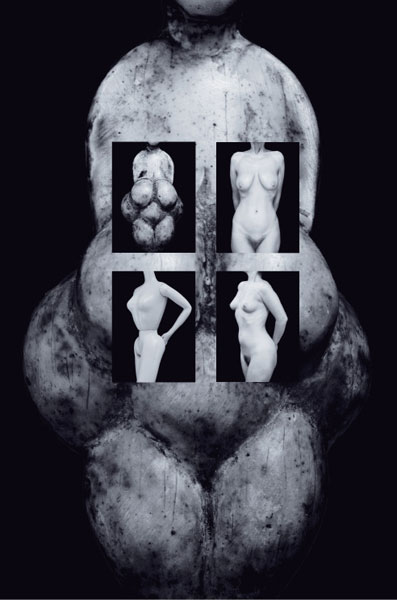It seems Surrealist women artists had to put in about two decades of Muse work, before they had the time and space to really start cranking out their own work. Unburdened by defining the movement, they could work, live, breath and define themselves surreal in the post-war years. Two opportunities:
In Wonderland: The Surrealist Adventures of Women artists in Mexico and the United States
Los Angeles County Museum of Art
Resnick Pavilion January 29, 2012–May 6, 2012
and the Museo de Arte Moderno, Mexico
"While their male counterparts usually cast women as objects for their delectation, female Surrealists delved into their own subconscious and dreams, creating extraordinary visual images. Their art was primarily about identity: portraits, double portraits, self referential images, and masquerades that demonstrate their trials and pleasures."
Remedios Varo - Muerta_Rescusitando, 1963
Remedios Varo, Troubador, 1959
Art Institute of Chicago
February 25- June 3, 2012
"Born Lucy Schwob to a family of French intellectuals and writers, Claude Cahun is best known for the staged self-portraiture, photomontages, and prose texts she made principally between 1920 and 1940. Rediscovered in the late 1980s, her work has not only expanded our understanding of the Surrealist era but also serves as an important touchstone to later feminist explorations of gender and identity politics."
Claude Cahun, Aveux Non Avenus, PL. I, 1929/1930
Claude Cahun, Self-Portrait, l927





























